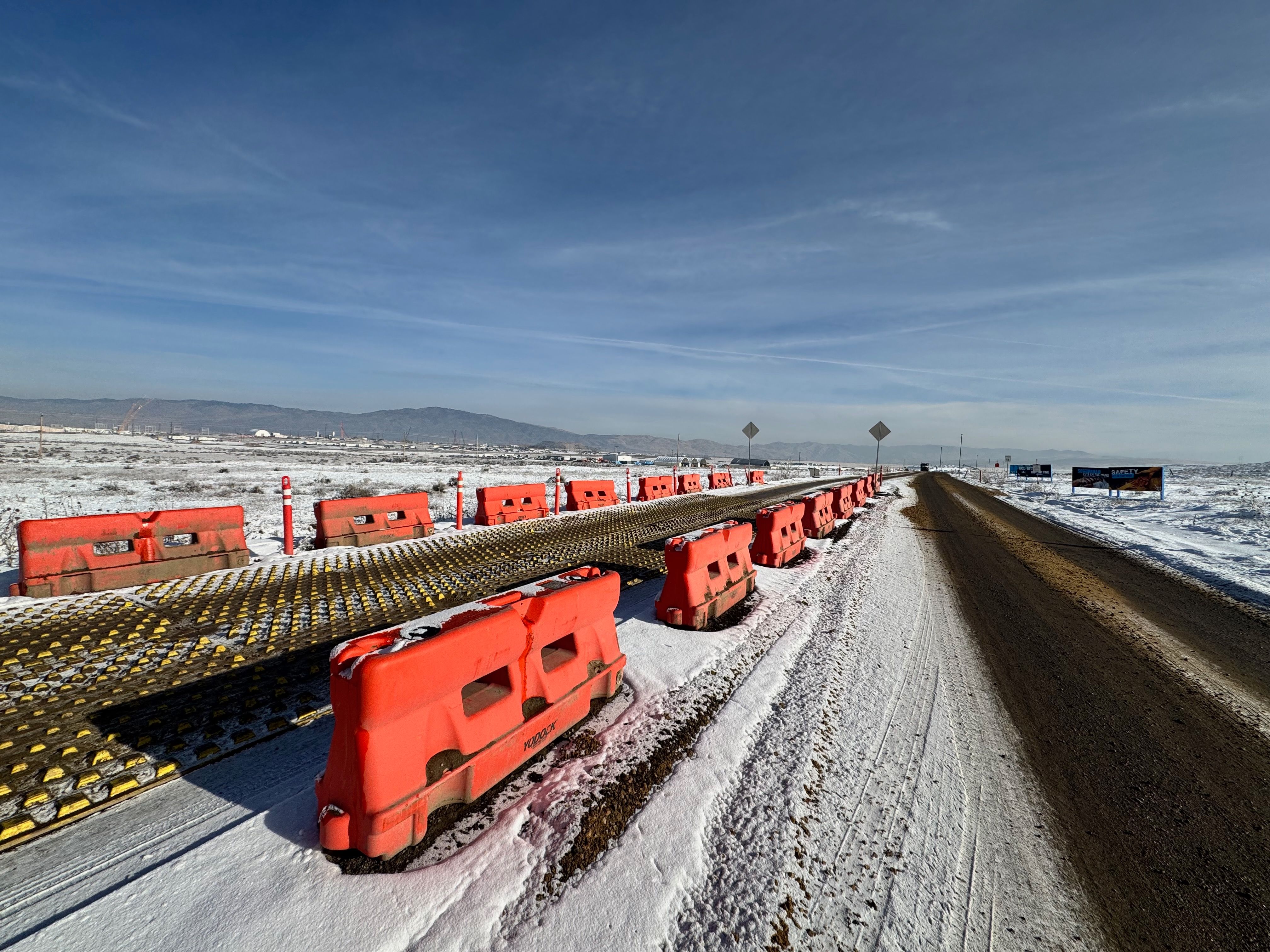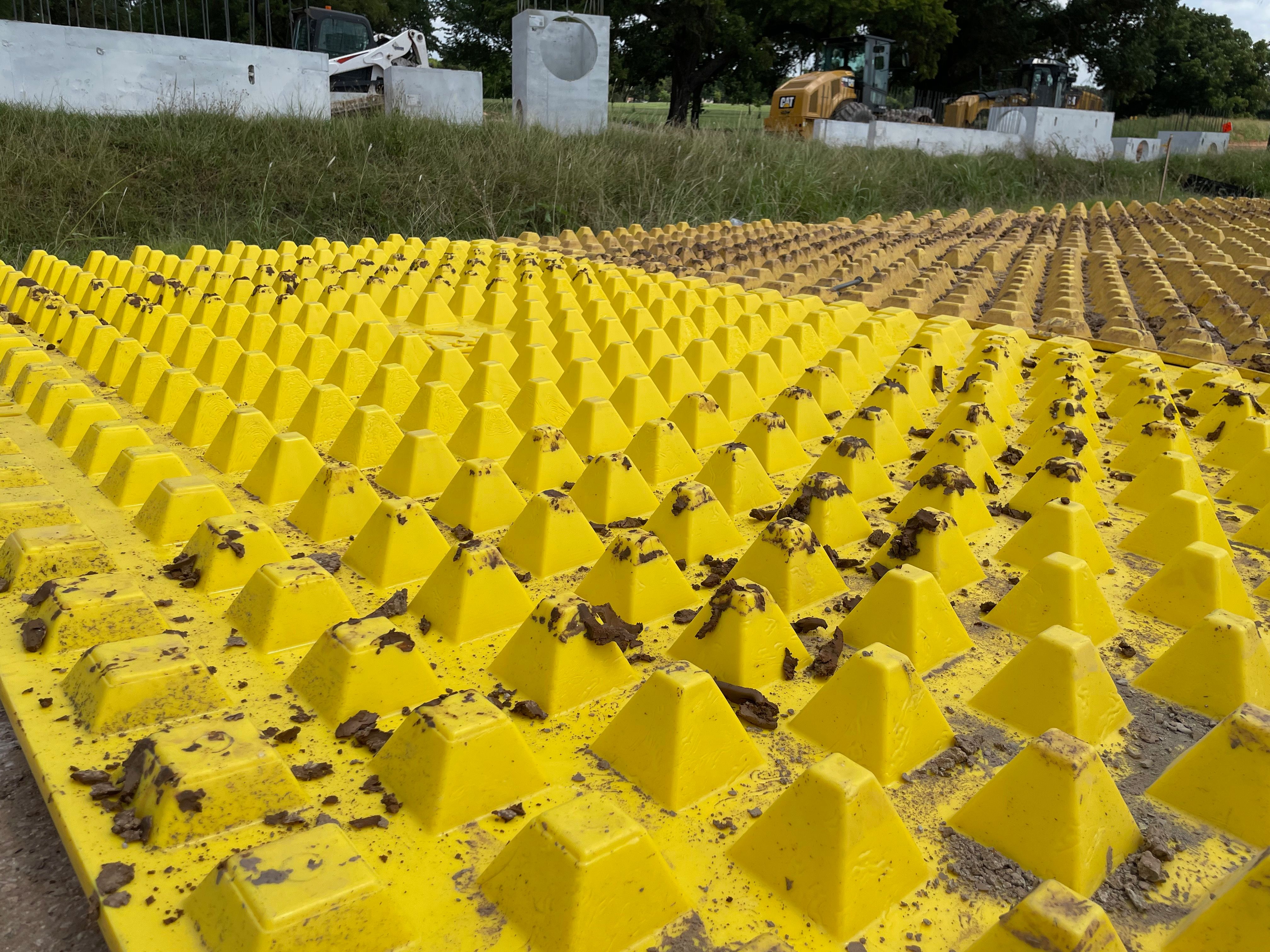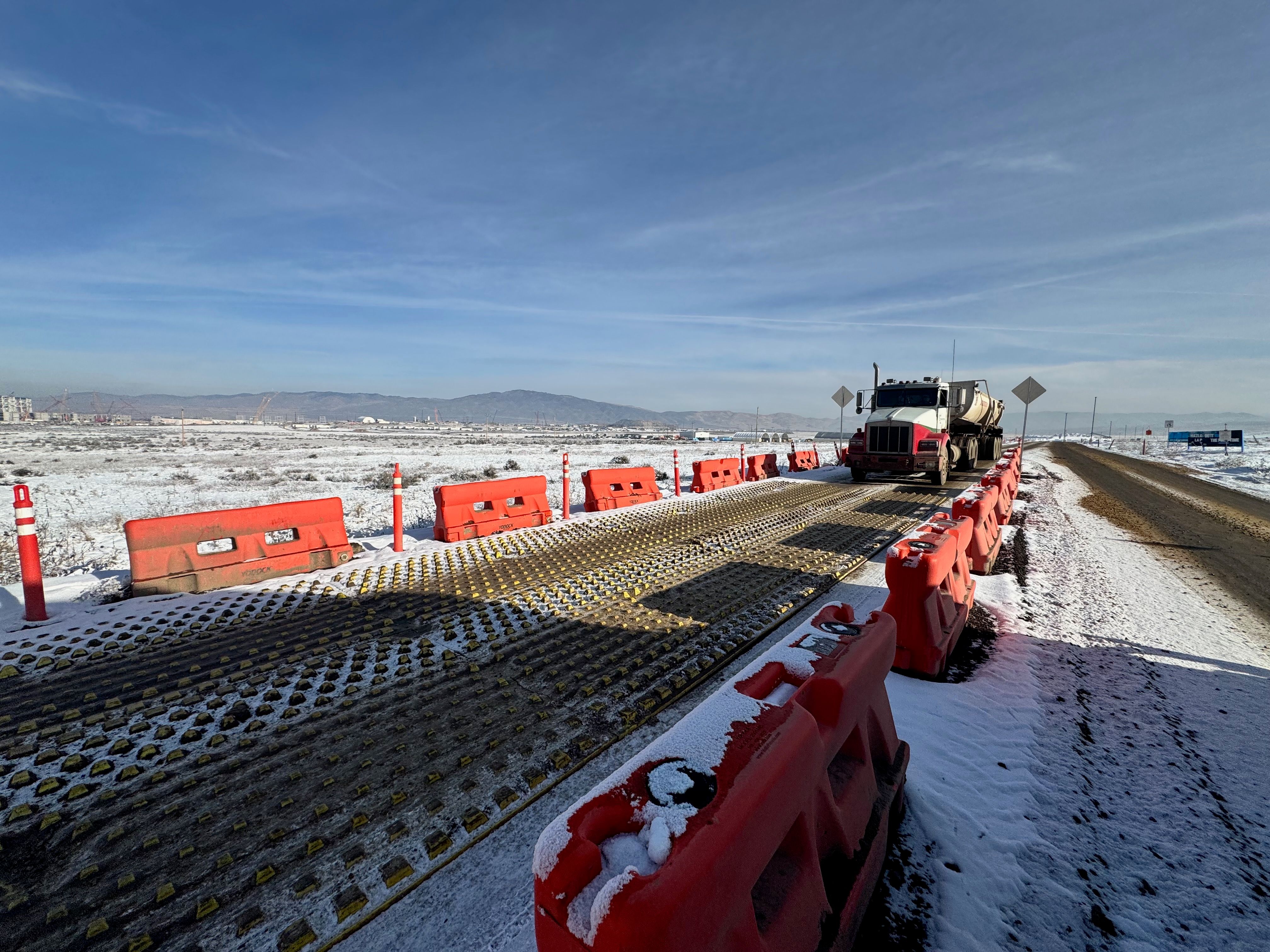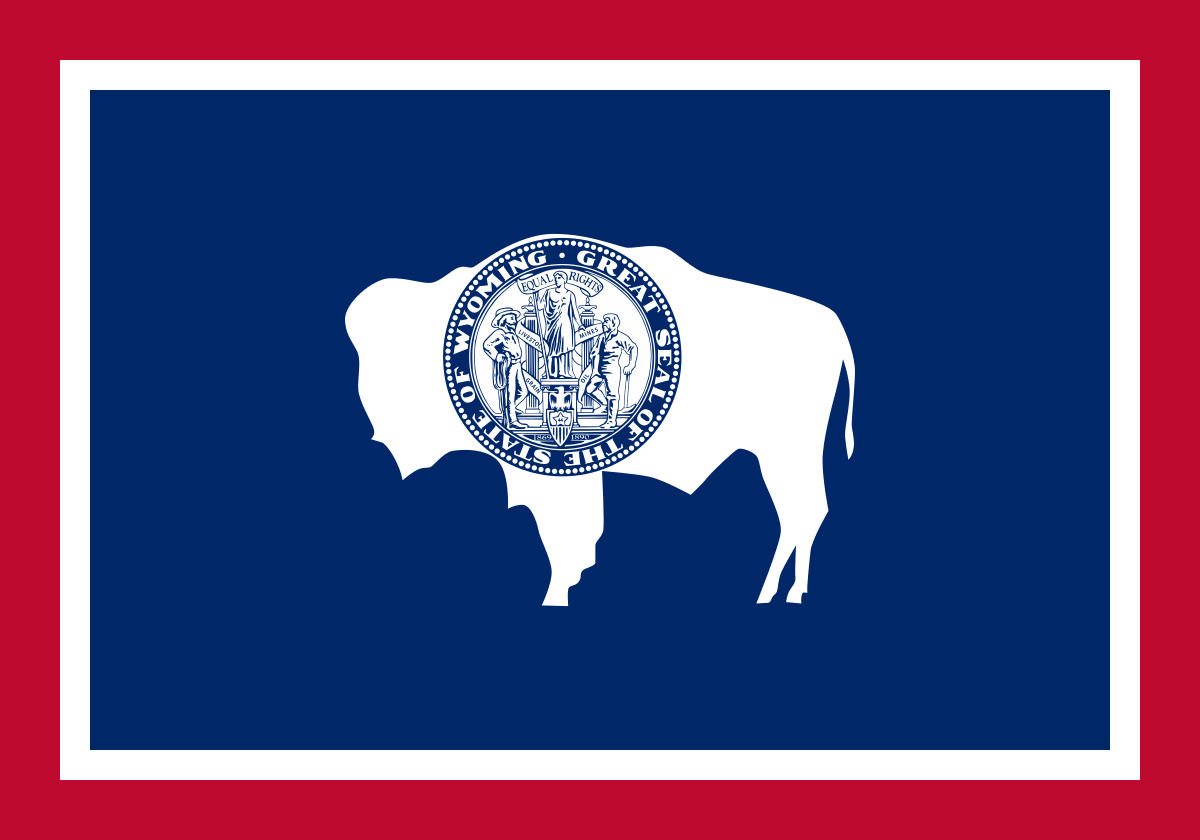Wyoming Vehicle Tracking Controls
Home to the timeless beauty of Yellowstone, the nation's first national park, the state of Wyoming retains a natural beauty that has long been recognized and protected. From the caldera's wild bison, grizzly bears, and bald eagles to the pronghorn and sage grouse that spread across the plains, the expansive terrain is home to a diverse and robust ecosystem. The state's watersheds flow into Yellowstone Lake and Jackson Lake in the northwestern region, and various reservoirs and rivers throughout the state provide water to the Medicine Bow-Routt and Big Horn National Forests. Wyoming's Department of Environmental Quality (DEQ) works to protect these water sources and the state's ecology.
Wyoming WYPDES Stormwater Permits
The Wyoming Department of Environmental Quality (DEQ) administers the Federal NPDES program through the Wyoming Pollution Discharge Elimination System (WYPDES). The federal ruling prohibits all point-source discharges into surface waters, except those authorized by permit. The Wyoming DEQ issues general stormwater permits to allow the more common discharges, including the Large Construction General Permit (LCGP WYR10-0000), Small Construction General Permit (SCGP), Industrial General Permit (IGP), Municipal Separate Storm Sewer Systems (MS4) Permit, and Mineral Mining and Associated Activities General Permit (SIC 14). Both the LCGP and SCGP are general permits issued under Wyoming’s WYPDES stormwater program, alongside other general permits such as the Industrial General Permit, MS4 Permit, and the Mineral Mining and Associated Activities General Permit. Each permit is designed to meet requirements for maintaining surface water quality in accordance with federal and state quality standards.
Construction activities that disturb an area of one acre or greater, but less than five acres, can use the SCGP, while construction activities that disturb an area of five acres or more will require the LCGP. Coverage under the SCGP is considered a “no-application” permit because it is obtained automatically by following all provisions of the general permit, while the LCGP does require operators to submit a Notice of Intent (NOI) to receive authorization.
WYPDES LCGP CONSTRUCTION PERMIT REQUIREMENTS: SWPPP PLAN

To obtain permit authorization under the LCGP, construction operators must submit a Notice of Intent (NOI), a Storm Water Pollution Prevention Plan (SWPPP), any applicable fees, and a map showing access to the site from a public roadway. The SWPPP includes a description of each potential pollution source on the project and specifies which control measures, called Best Management Practices (BMPs), will be used to eliminate or reduce the impact of pollutants on surface waters.
The Wyoming DEQ provides resources for operators and engineering teams, including fact sheets, presentations, and other materials on Storm Water Permitting on the DEQ website.
WYOMING SAGE GROUSE MANAGEMENT REQUIREMENT
Under Executive Order 2019-3, operators must determine whether their project falls within a Sage-Grouse Core Area (SGCA). If it does, the Wyoming Game and Fish Department reviews the project and issues a Consistency Determination, which the Wyoming DEQ requires before granting stormwater permit coverage. See the Wyoming Game and Fish Management Website for more details.
LGCP APPENDIX C 2.2: VEHICLE TRACKING CONTROL MEASURES
The LGCP states that sediment tracking from the site must be minimized through BMPs, which may include aggregate surfacing or alternative measures. The permittee is also responsible for removing any sediment deposited on the public roadway. Sediment removal can be completed by sweeping, scraping, or other means that prevent sediment from being washed into nearby storm drains. Operators are required to remove accumulated sediment within 24 hours or less, depending on the situation.
Vehicle Tracking Control Measures, or Stabilized Construction Entrances, are often the first BMPs established during land development. Sediment entering the roadway from construction vehicles can pose a hazard to traffic and easily wash into storm drains, increasing maintenance on the drainage system and degrading water quality.
WYDOT Field Guide: VEHICLE TRACKING CONTROL AGGREGATE PADS
The Wyoming DOT includes an example of an aggregate-based construction entrance in their published Field Guide. The guide reminds readers that sweeping is a reactive step taken when damage is already done and should not be considered an adequate prevention measure.
A diagram of the example entrance is included in the field guide, which shows a 50' length aggregate tracking pad 9" in depth, which is underlaid with a non-woven geotextile fabric to prevent the rocks from sinking into the subgrade. The entrance is shown to be 20' in width or less if vehicles are confined to the exit lane. The aggregate mentioned is 6" minus rock, which provides a sufficiently rough surface that can be effective in removing sediment from tires.
All BMPs must be maintained throughout each construction project to ensure they remain in functional condition. Aggregate construction entrances must be maintained when the aggregate becomes saturated with sediment or when the rock becomes compacted and no longer creates a rough surface. Aggregate construction entrances are maintained by installing an additional layer of aggregate and, if needed, relining with geotextile fabric. During weather events, maintenance and sweeping may be required more frequently. If the construction entrance is insufficient to contain the majority of sediment on the job site, additional or alternative control measures must be implemented to prevent sediment from entering the site.
FODS Trackout Control System BMP

The FODS Trackout Control System is an effective, reusable control measure for construction site entrances. The system consists of 12' x 7' panels with pyramidal structures on the surface. The pyramids flex vehicle tires to dislodge sediment and debris, creating a void where sediment can collect. The system is typically installed using four panels in series (1x4 diagram) to make one 12' wide exit lane, where exiting traffic is directed using signs or posts. The FODS trackout control measure can be installed on grade or over asphalt and concrete.
When the voids between the pyramids fill with sediment, the entrance requires maintenance. The system is maintained by removing sediment using either a FODS shovel, designed to fit between pyramids, or by brushing the mats with a street sweeper or a skid steer with a broom attachment. In many cases, the FODS system is proactively cleaned by directing sweepers to brush the mats as part of the routine sweeping schedule.
The FODS system is a highly effective, cost-efficient solution for mitigating construction site trackout. The system has been shown how to reduce required street sweeping by 59% compared to traditional aggregate entrances. The system is portable and reusable, which enables operators to relocate the entrance for each phase of the project. The mats are durable and can be reused on multiple projects throughout their 10+ year service life.
Additional Resources:
Wyoming DEQ Stormwater Permits
Wyoming DEQ Stormwater Permits - Large and Small Construction General Permit

